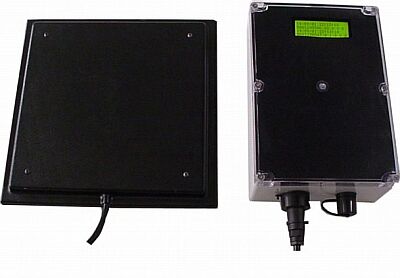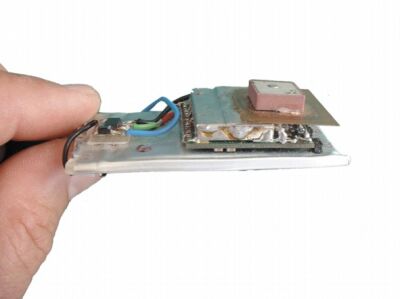
New tools for ecological and orientation research:
E-NEST and MICRO-GPS pathlogger
H.-P. Lipp, G. Dell'Omo and A.L. Vyssotski
Institute of Anatomy & NewBehavior, University of Zürich, Zürich, Switzerland
E-NEST is a plate equipped with transponder antennae capable of reading codes from nestling and adult birds equipped with transponder foot rings (Figure 1). It records nestling activity and parental visits, and stores them on a nearby datalogger. The datalogger can be read wirelessly by palm computers, or can communicate with a remote computer through a wireless modem. The system is currently being used to monitor kestrels and owls at ecologically different sites.

Figure 1. E-NEST.
MICRO-GPS is a second-generation system of the GPS datalogger first presented at Measuring Behavior 2000. It contains a µ-blox GPS chip mounted on a custom board and is capable of logging between 40-100,000 data points, in either continuous mode (readings 1 Hz) or user-selectable intervals. It is used routinely on homing pigeons, dogs, albatrosses and other sea birds, including species that dive. The smallest version (for pigeons) weighs 24 g and runs on rechargeable flexible batteries, allowing flight paths up to 200 km to be recorded in continuous mode (Figure 2). The resolution of paths is good enough to discriminate leading pigeons in a flock. For further information, visit www.newbehavior.com.

Figure 2. MICRO-GPS.
Supported by Swiss National Science Foundation and the NCCR 'Neural Plasticity and Repair'.
Paper presented at Measuring Behavior 2002 , 4th International Conference on Methods and Techniques in Behavioral Research, 27-30 August 2002, Amsterdam, The Netherlands